Every mountain parent dreams of raising a child that loves skiing and snowboarding as much as they do. It’s so easy to fantasize about the day your kid will be able to keep up with you through a whole day on the slopes, and the days soon after where you’ll be struggling to keep up with them. But before you can raise the next best skier or rider on the mountain, you’ve got to figure out how to make this remarkably uncomfortable experience enjoyable for them, and that’s where the details start to count.
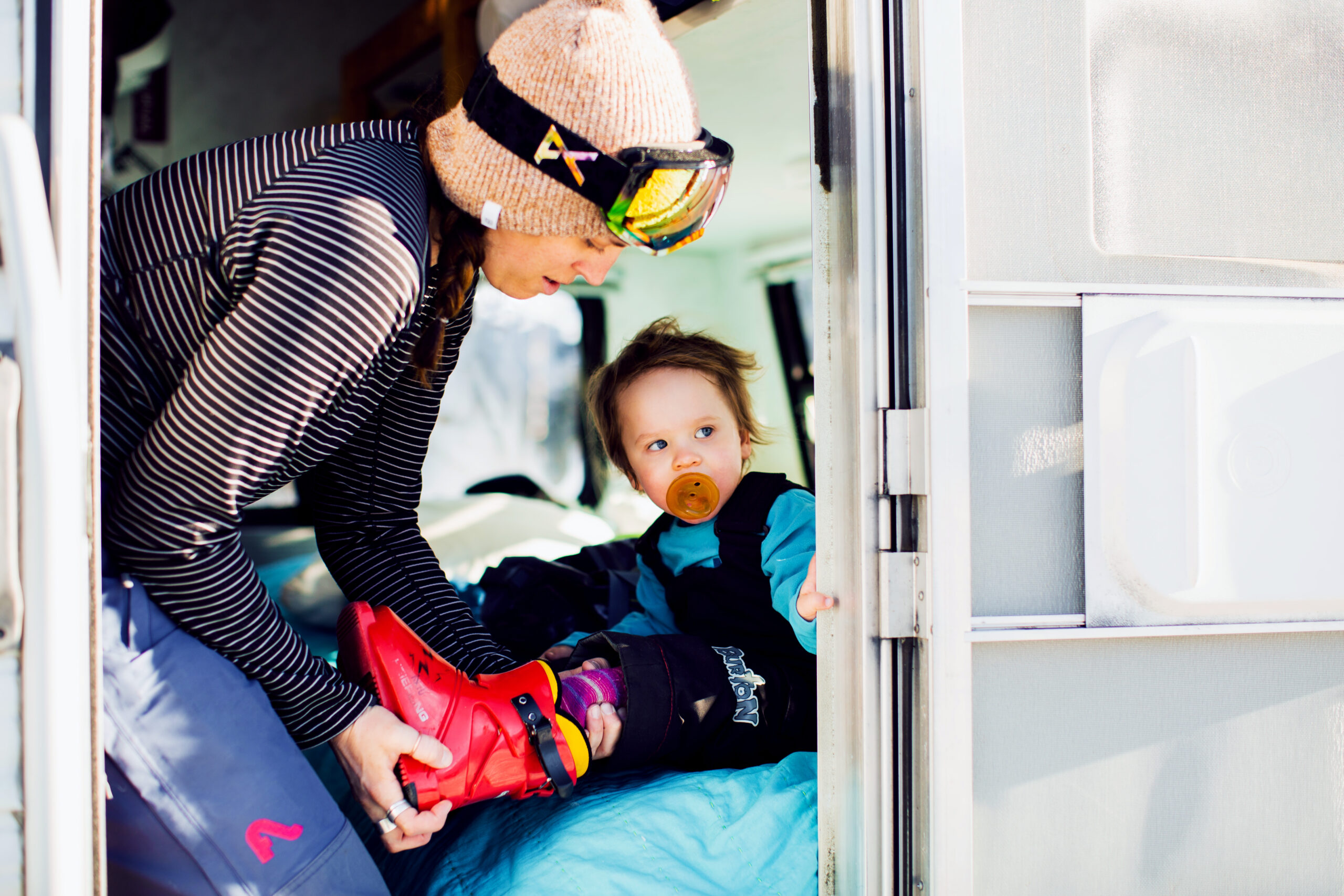
That’s because it’s pretty easy to nail the big stuff as a parent. Snow pants? Check! Cute jacket? Also check! But when it comes to making those first few years on the hill enjoyable, it’s all about the accessories. These are the make-or-break pieces of gear that will have a disproportionate impact on your child’s experiences, so here’s our guide to nailing the little things, so that the big ones will follow.
Skis/Board
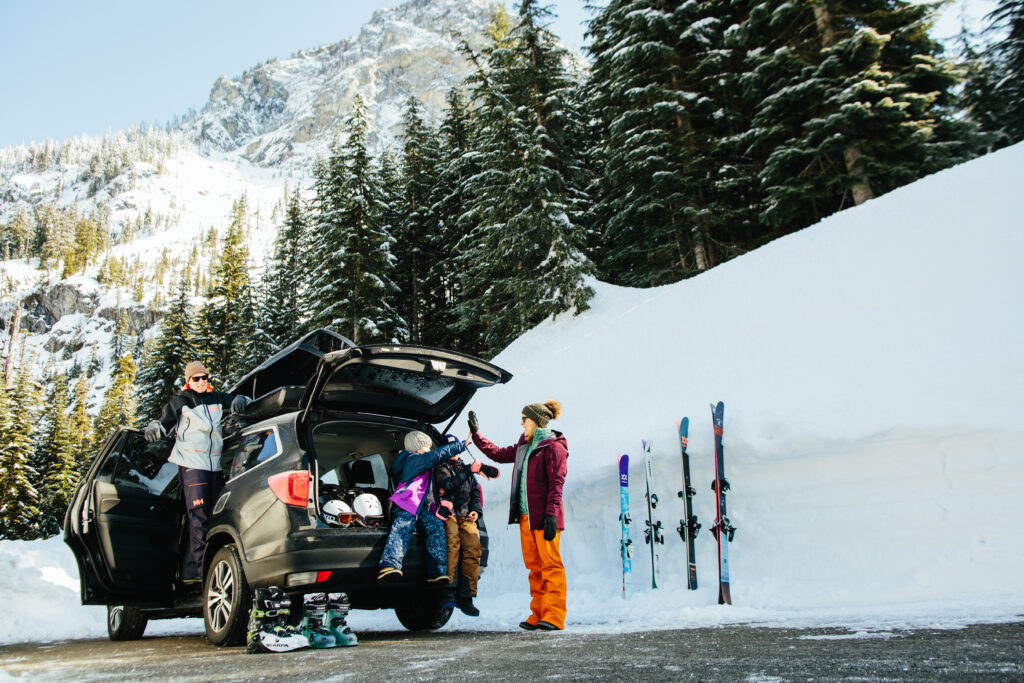
This might seem like not such a little thing, after all, they’re not learning to ski or ride without skis or a board, but there are a couple of easily overlooked details that make a big difference here. If your child is still growing fast, a kids’ ski rental is probably the way to go. Most ski and snowboard shops offer season rentals for kids, so you can take home the gear after each ski day. Before you even hit the slopes, do a quick check of their bases and edges. Make sure the edges aren’t too sharp, or too beat up, and that they’re not higher than the base material. If they are, let the shop know, they can do a quick ski tune up and get you set to shred. Nothing is more frustrating than finding out that your child’s gear is holding them back, and railed edges can make it impossible for them to turn consistently.
If you’re getting an older (12+) child into skiing or snowboarding, consider demoing gear instead of just renting it. Demo skis or boards aren’t much more expensive, and they can give your child an idea of what design factors they enjoy, and how different snow calls for different gear. It will give them a better experience, and give you a better idea of what to look for when it comes time to buy them their own gear.
Boots
Youth ski boot fit is one of the hardest things to nail as a parent, and thus is one of the best things to leave to a pro. Younger kids often aren’t good at articulating how well their boots fit, which can lead to them wearing uncomfortable boots that are way off sizing wise. So take them to a pro who can measure their feet to get an idea of what boots size they should be in. If they’re in between sizes, have them watch TV for an hour or so wearing their boots, if they can do that comfortably, their boots aren’t too small. And if their feet tend to get cold a lot, consider heated footbeds. They’re an expensive initial investment, but they’ll last for many years to come, and can be a key factor in helping your child enjoy those last few runs of the day.
Helmet
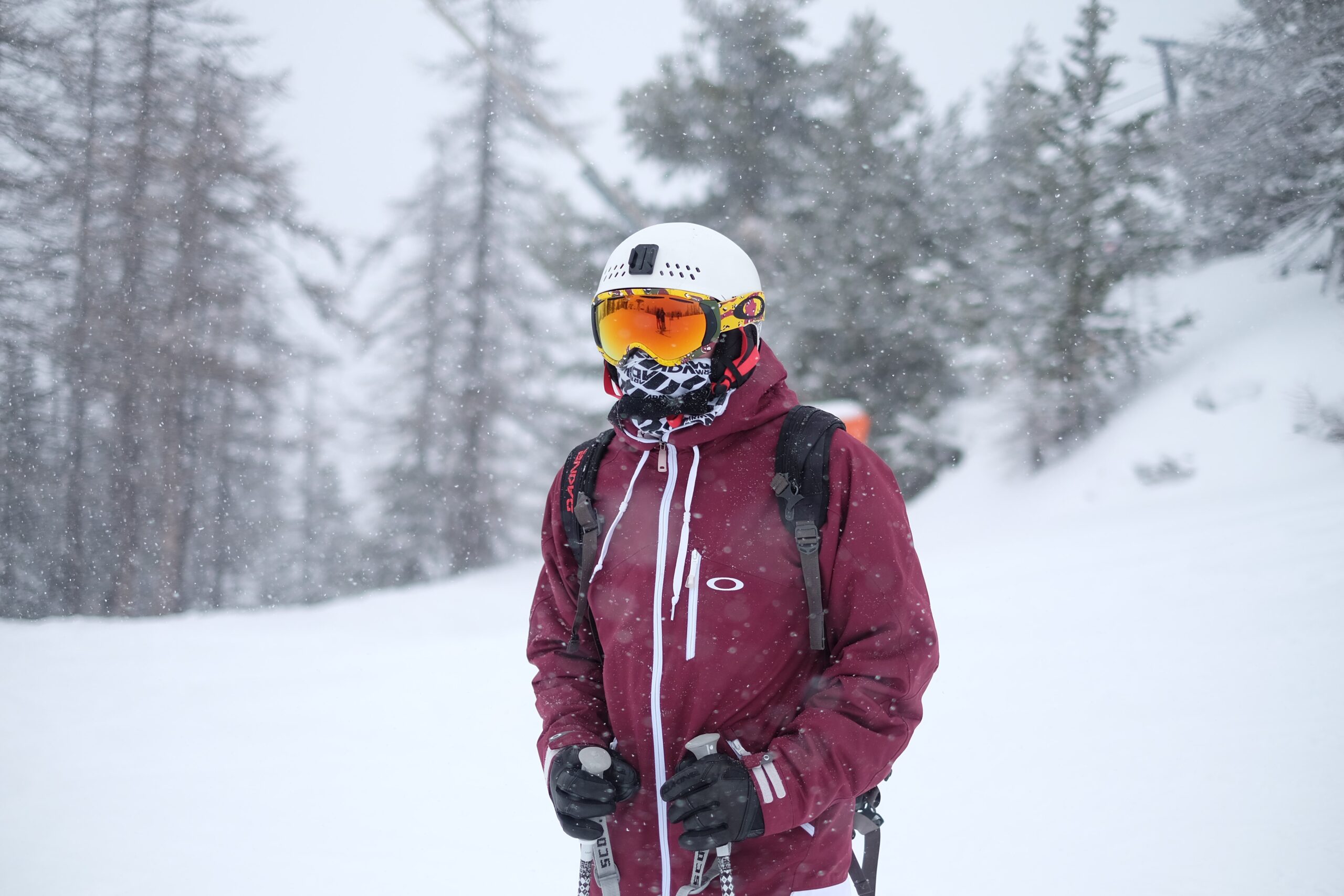
Too many parents get a snowboard helmet that’s too big so that their child can “grow into it.” This is a bad idea for several reasons. Too-big helmets will move around on your child’s head, they can even bump goggles down and fall over their eyes if you’re not careful. And looser fitting helmets don’t do as good a job of protecting small heads. So take time to make sure your child’s helmet fits. Have them try it on and then headbang like they’re at a concert. If it stays put with minimal movement, they’re good to go.
Goggles
The same goes for kids’ ski goggles. An important factor that helps ski goggles work is that they have to form a seal around your face. Goggles that don’t fit will fog up fast, and get condensation inside. If your kids can’t see, they probably can’t ski. Make sure their goggles fit comfortably around their eyes and won’t fog up. Always have them try their goggles on with their helmet to make sure they are compatible with one another, you don’t want them competing for too much real estate where they end up getting pushed out of proper position.
Gloves
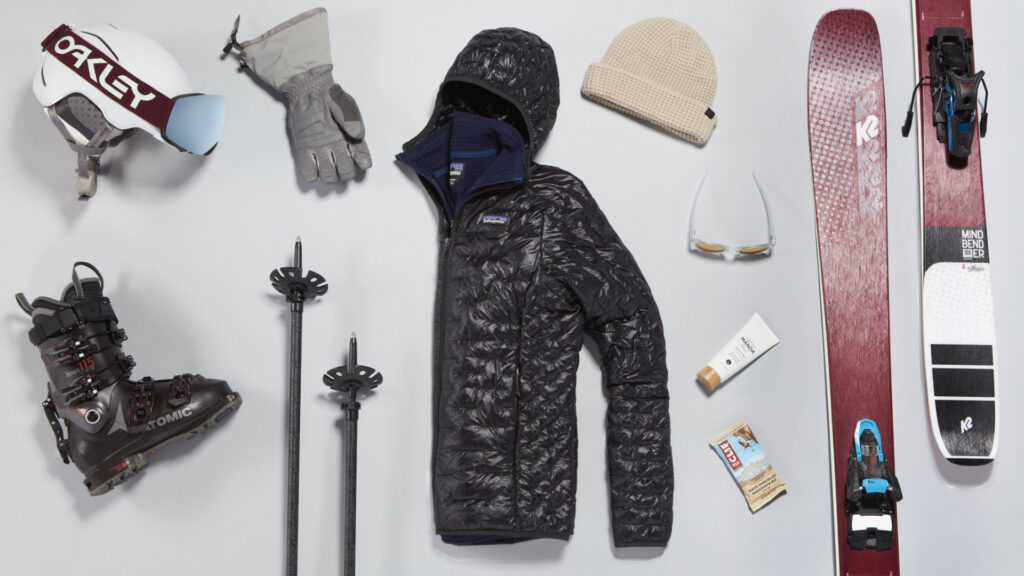
For most kids, mittens are a better choice than gloves. It’s hard for them to get all their fingers into the right holes in most gloves, and mittens will keep them warmer. Look for mittens with wrist straps or clasps so that when they take them off they won’t lose them. And be ready to help them get their mittens on and off a lot. This can be a good item to make sure it has a decent waterproofing membrane as well. Keeping hands dryer longer will pay big happiness dividends.
Face Mask
Face masks don’t just keep your face warm, they also help protect against the sun, and are required in most lift lines this season given the current health climate. For most kids, a balaclava style mask that also covers their head will work better than a buff style neck tube. The balaclava style masks don’t slip down as much and are more convenient to pull up and down without taking your gloves off. Masks come in different thicknesses, with the option to use a warmer thick fleece design when your mountains happen to be on the colder side.
Snacks + Attitude
Finally, as any good parent knows, the most important accessory isn’t gear, it’s a positive attitude. So bring the stoke, your kids need to see how excited you are about skiing to understand that all this work will be worth it. And surprise them with their favorite snacks between runs, it will help keep their energy levels high, and motivate them to keep trying!
This content is a paid advertorial.


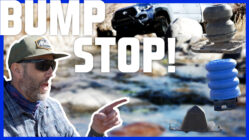
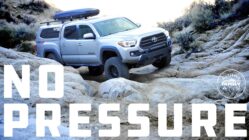
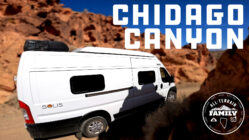
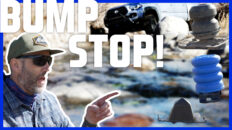


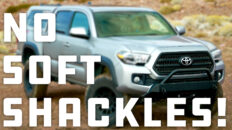
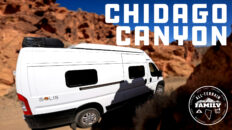

Add comment